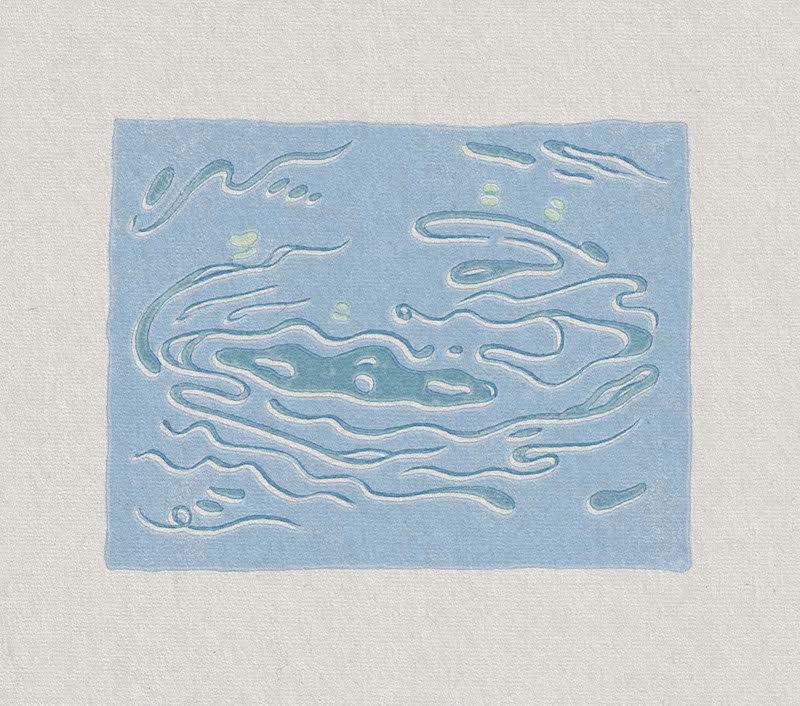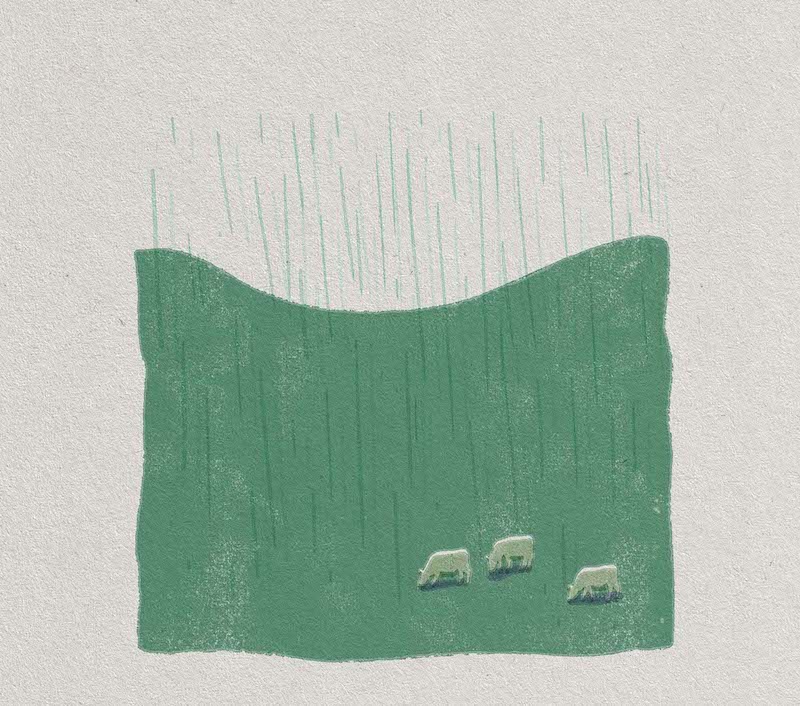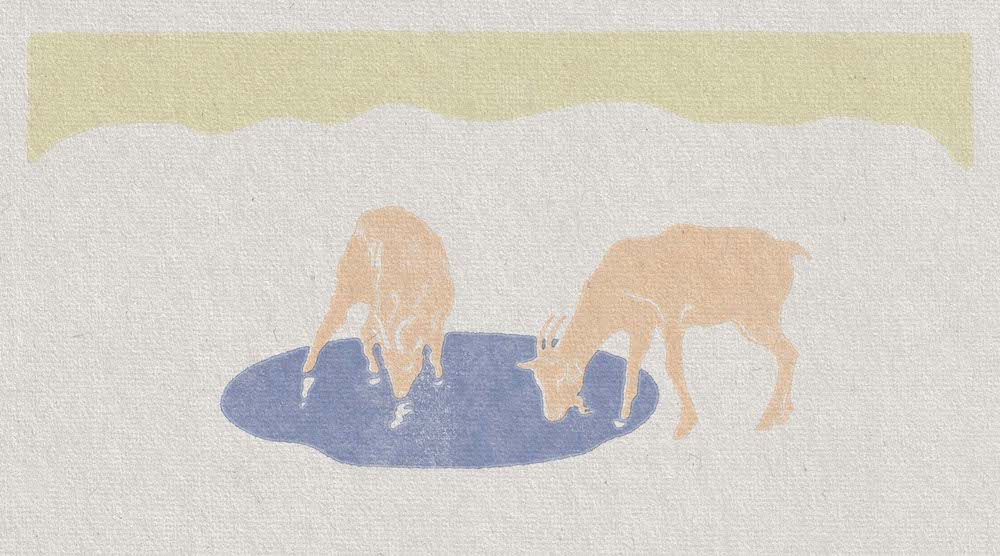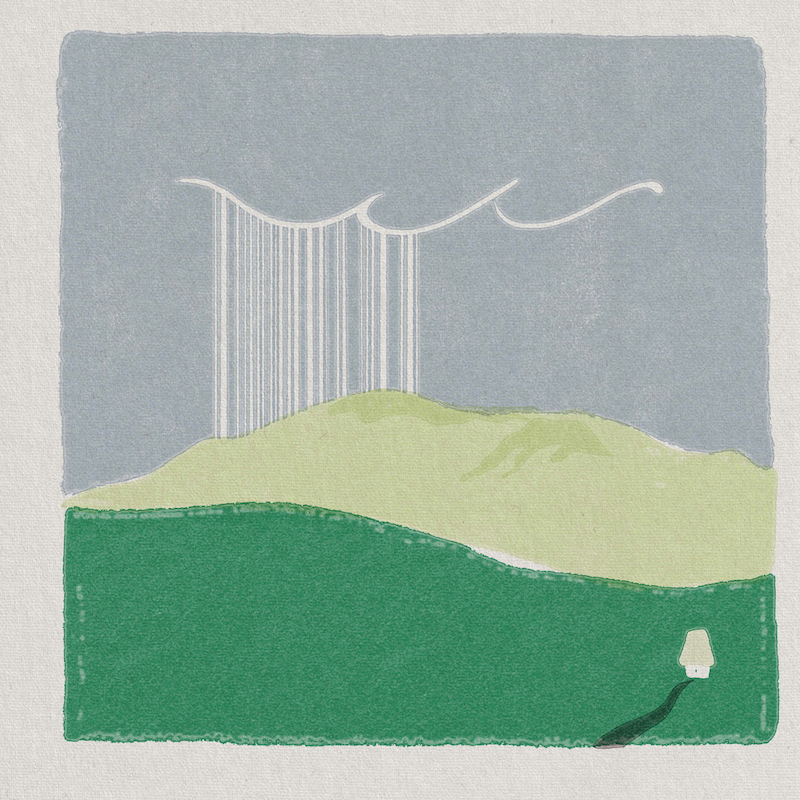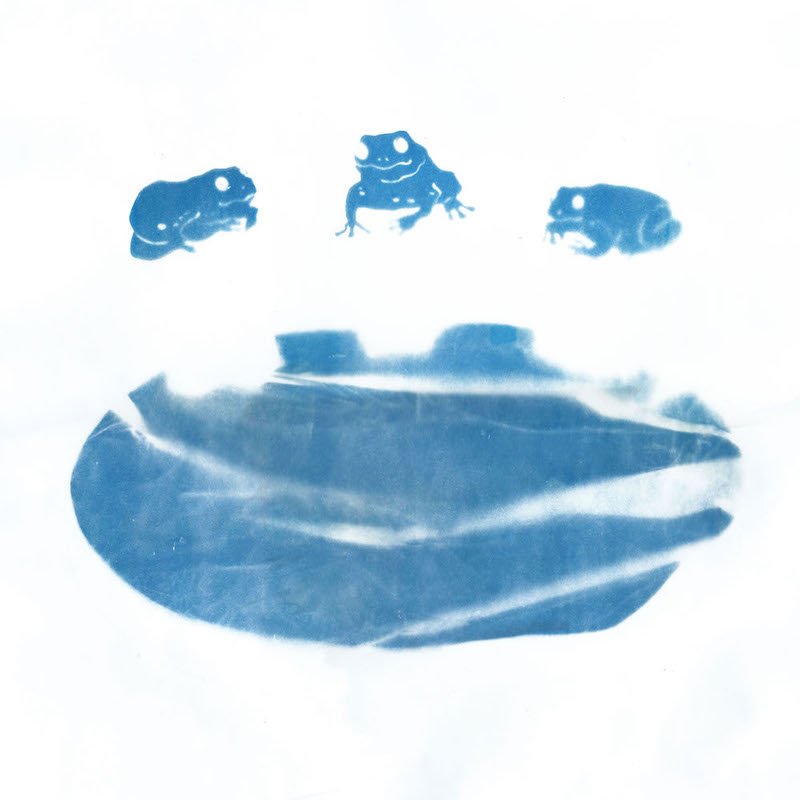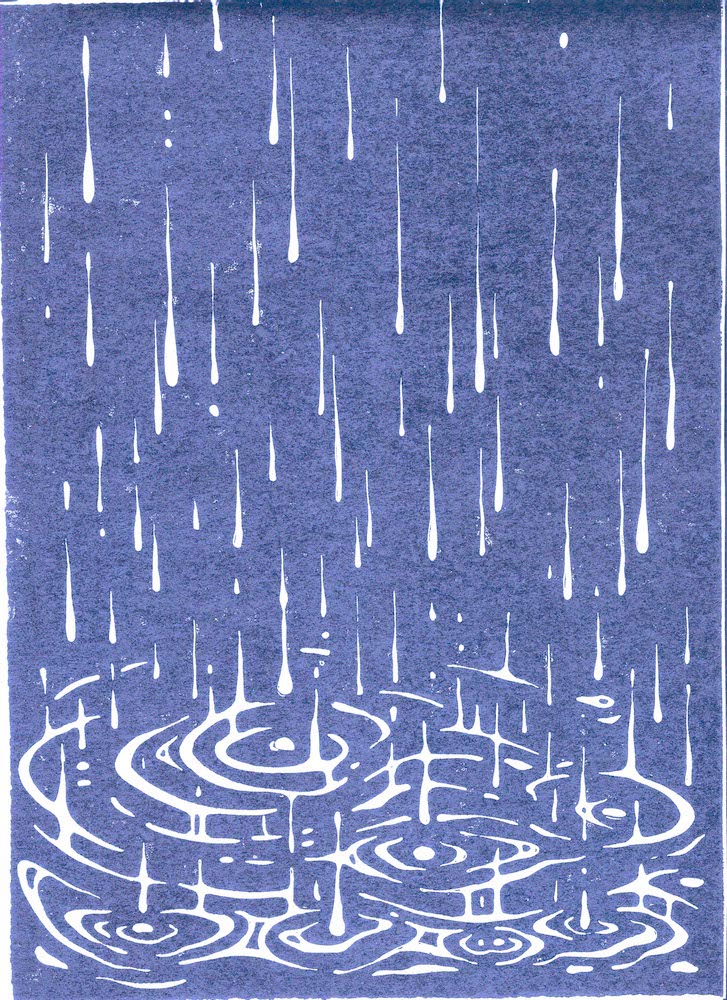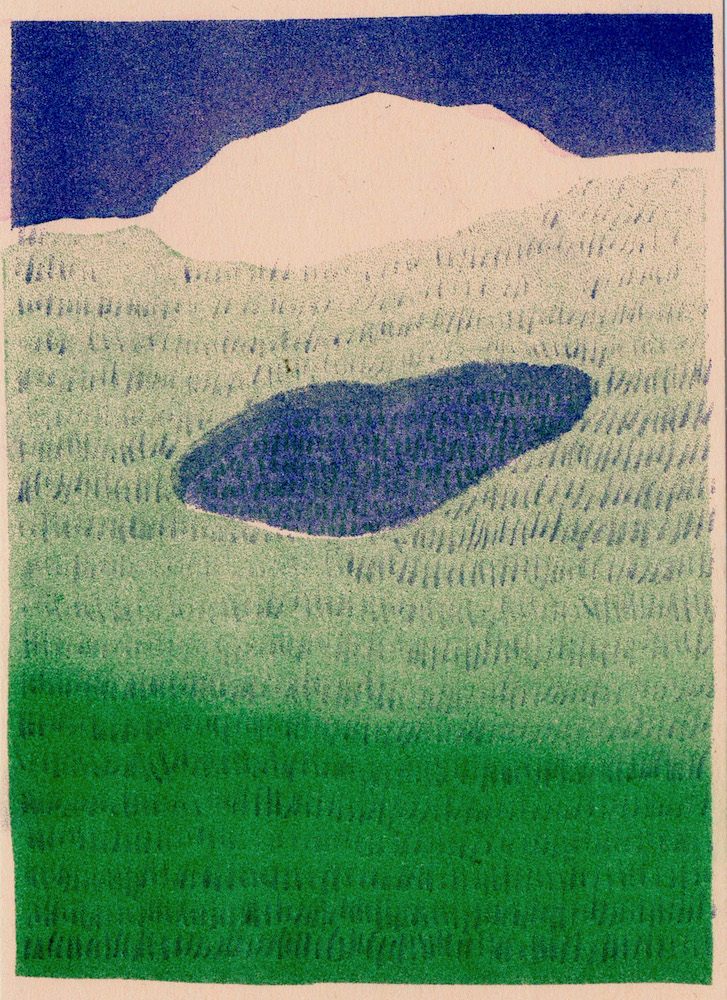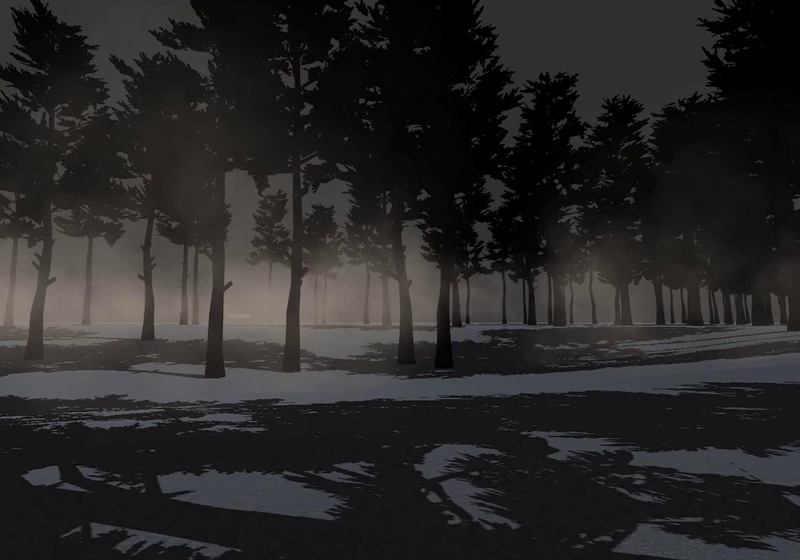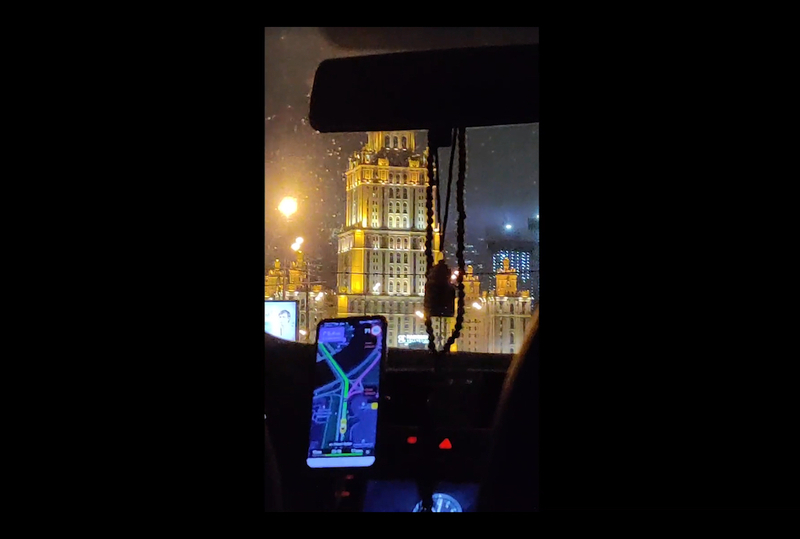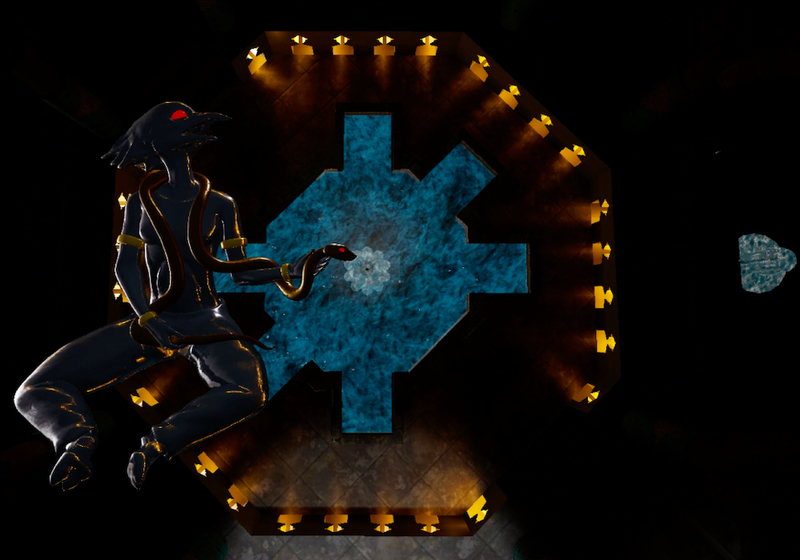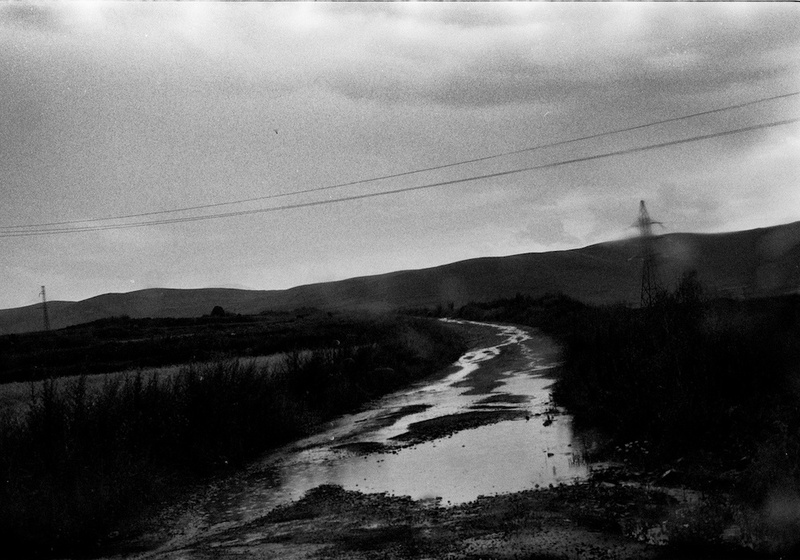During my life, I have moved house three times, but each was no farther than a kilometer away from the previous one. I have lived nowhere but in my village of Firsanovka, so it has grown to become my favorite place with a particular meaning for me. Although it looks like a typical settlement that does not differ from a million similar ones, I find it really special. I know everything here, this is where I spent my childhood, and thus many places that seemed magical and mystical in childhood still appear to be so. Probably the only real attraction of our village is the Serednikovo estate, where Mikhail Lermontov and his grandmother used to live. Then, for a while, it served as a sanatorium for patients with nervous system problems, and now the locals use it as a venue for celebrating weddings. Except for the central building, it looks very minimalistic. Many acquaintances that I have shown it to pay attention to the mysterious and even metaphysical mood of the estate architecture and the space around. And “mysterious” is a word I can use to describe the whole of Firsanovka, too. I spent a lot of time reflecting on what exactly makes this village appear this way to me and failed to make a solid conclusion, but still there is something I can single out. For example, a large number of houses with strange architecture. In general, Firsanovka came to be a place where both very poor and very rich people live. And some of the houses of our wealthy residents look more like Gothic castles than ordinary private houses, although there are also a lot of the latter and everyone tries hard to make their homes unique, to somehow decorate them, which often looks very strange. For example, there is a house densely covered with stone flowers; there is a tree growing inside another , with its trunk and branches emerging from the roof. There is a house with narrow loophole windows and various stone-carved symbols, reminiscent of early Christian ones.
The biggest part of the village is taken by the forest, and the path to many interesting places goes through it. I’ve always walked, photographed, and painted sights from my village sights. This is how a large number of engravings appeared, some of which I’d like to show. I have noticed that, in one form or another, water is present in all the works. There are indeed a lot of bodies of water in Firsanovka: two large rivers, Skhodnya and Goretovka, ponds, swamps, and springs. Water has always been a great source of inspiration for me, its ever-changing shape, its ability to reflect and transform the surrounding space. Despite being located in close proximity to Moscow, Firsanovka has always had a lot of nature and fresh air, and the windows of my house overlook a field and the forest behind it. Thus, when I paint Firsanovka, I paint its nature and animals.
I mainly work in the technique of linocut, but sometimes I also use cyanotyping, etching, lithography, and risography. All of them are manual printing techniques (except for risography) and they allow you to add an element of miracle to your art . I love print design for its special texture, the uniqueness of each print, and the unpredictable results associated with the peculiarities of the very process of printing. When you deal with engravings, you always work in collaboration with the divine intervention of nature, because it is impossible to fully control the process—the result is always unexpected, especially when making the first print. Some would say it is a drawback, but I’m sure that nature always knows best, and therefore I find this property of print design especially valuable. In my practice, I try to experiment with techniques and combine them to come up with new ways of printing. When creating prints from plates, I most often use oil and zinc white instead of printing ink, so that the engraving turns out light and transparent.
The same words can be used to describe my native village—it has a lot of air, light, greenery, and water. Firsanovka has always been a very poetic place; summer houses of numerous famous artists, writers, and performers used to be located here. This is a wonderful quiet village, but to understand it you need to know the place well, because all the most picturesque sights are often hidden behind a strip of forest.
Translated from Russian by Olga Bubich
